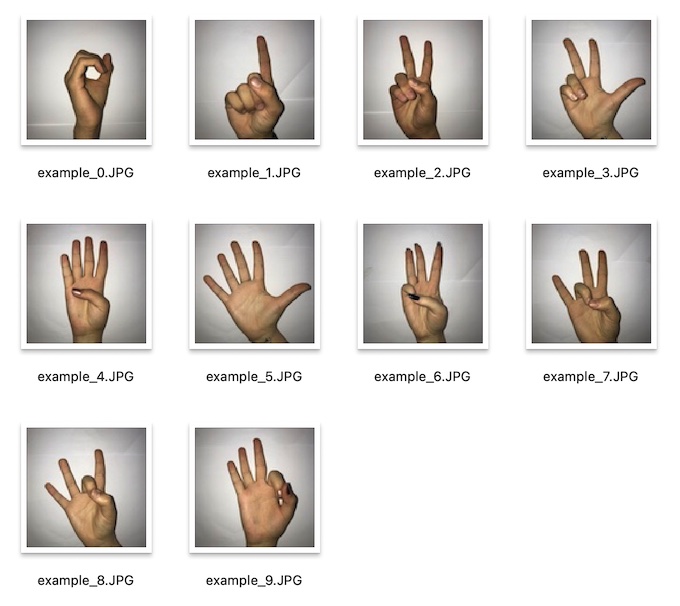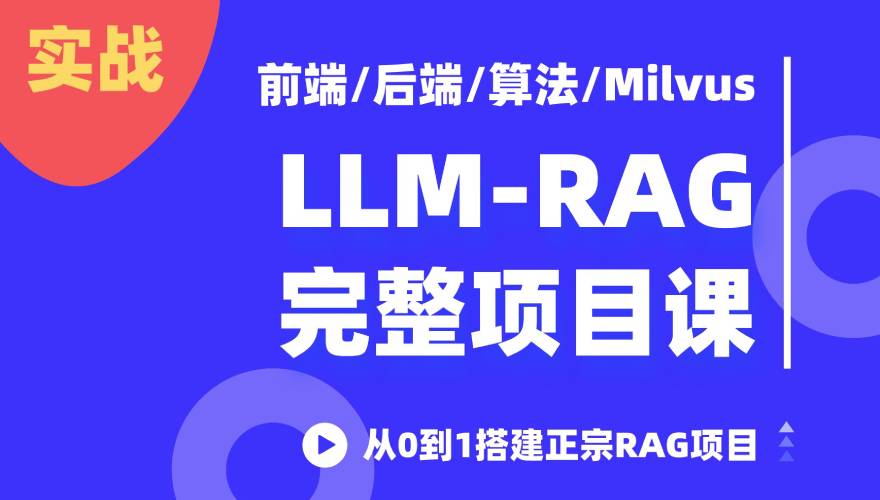Pytorch深度学习实现手势数字识别项目,因为其数据规整,场景简单,是一个经典的CNN模型入门项目,本文从代码角度,将项目分为四步步骤:数据加载、模型设计、训练模型、加载测试,以下是代码具体代码实现。

代码示例
1、数据加载
from torch.utils import data
import os, glob
from PIL import Image
class GestureDataset(data.Dataset):
def __init__(self, root, train=True, transform=None):
self.data = self._read_file(root, train)
self.transfrom = transform
def __len__(self):
return len(self.data)
def __getitem__(self, index):
file_path, label = self.data[index]
img = Image.open(file_path)
if self.transfrom:
img = self.transfrom(img)
return img, label
# 读取文件
def _read_file(self, root, train):
dir_name = 'train' if train else 'test'
dir_path = os.path.join(root, dir_name)
lst = []
if train:
for dir in self._list_file(dir_path):
for file_path in self._list_file(dir):
# ./datas/train/9/IMG_5805.JPG
label = file_path.split('/')[-2]
lst.append((file_path, label))
else:
for file_path in self._list_file(dir_path):
# ./datas/test/example_9.JPG
label = file_path[-5]
lst.append((file_path, label))
return lst
def _list_file(self, dir_path):
return glob.glob(dir_path + '/*')
2、模型设计
import torch
import torch.nn as nn
class GestureModule(nn.Module):
def __init__(self, mudule_path):
self.mudule_path = mudule_path
super().__init__()
self.conv1 = nn.Sequential(
nn.Conv2d(3, 64, 9, 1, 4), #(64, 100, 100)
nn.BatchNorm2d(64),
nn.ReLU(),
nn.MaxPool2d(2) #(64, 50, 50)
)
self.conv2 = nn.Sequential(
nn.Conv2d(64, 128, 5, 1, 2), #(64, 50, 50)
nn.BatchNorm2d(128),
nn.ReLU(),
nn.MaxPool2d(2) #(128, 25, 25)
)
self.conv3 = nn.Sequential(
nn.Conv2d(128, 256, 5, 1, 2), #(256, 25, 25)
nn.BatchNorm2d(256),
nn.Dropout2d(p=0.4),
nn.ReLU(),
nn.MaxPool2d(2) #(256, 12, 12)
)
self.out = nn.Linear(256 * 12 * 12, 10)
def forward(self, x):
x = self.conv1(x)
x = self.conv2(x)
x = self.conv3(x)
x = x.view(x.shape[0], -1)
return self.out(x)
def save(self):
torch.save(self, self.mudule_path)
@staticmethod
def load(mudule_path):
if os.path.exists(mudule_path):
return torch.load(mudule_path)
3、模型训练
import numpy as np
from torchvision import transforms
from torch.utils.data import DataLoader
def train(module_path):
#加载训练数据
trans = transforms.Compose([transforms.ToTensor(), transforms.Resize([100, 100])])
root = './datas'
ds = GestureDataset(root, transform=trans)
# 加载训练数据
loader = DataLoader(ds, batch_size=50, shuffle=True)
# 实例化模型
module = GestureModule(module_path)
# 训练模型
optimizer = torch.optim.Adam(module.parameters(), lr=0.005)
loss_fn = nn.CrossEntropyLoss()
for epoch in range(100):
min_loss = 1000
for x, y in loader:
p_y = module(x)
# y = np.array(y, dtype='float')
# # 需要注意长度问题
# y = F.one_hot(torch.from_numpy(y).long(), 10)
# loss = loss_fn(p_y.float(), y.float())
y = torch.tensor(np.array(y, dtype='float')).long()
loss = loss_fn(p_y, y)
print('epoch:', epoch, ' loss:', loss.item())
# 判断loss,更新模型文件
if float(loss.item()) < min_loss:
module.save()
# 反向传播
optimizer.zero_grad()
loss.backward()
optimizer.step()
4、模型测试
if __name__ == '__main__':
module_path = './module.pkl'
if not os.path.exists(module_path):
train(module_path)
module = GestureModule.load(module_path)
# 预测
trans = transforms.Compose([transforms.ToTensor(), transforms.Resize([100, 100])])
root = './datas'
test_ds = GestureDataset(root, train=False, transform=trans)
test_loader = DataLoader(test_ds, shuffle=True)
t_cnt = len(test_loader)
cnt = 0
for x, y in test_loader:
pred_y = module(x)
print('真实值:', y[0], '预测值:', pred_y[0].argmax().item())
if int(pred_y[0].argmax().item()) == int(y[0]):
cnt += 1
print('正确率:', cnt / t_cnt)
本文为 陈华 原创,欢迎转载,但请注明出处:http://ichenhua.cn/read/245



